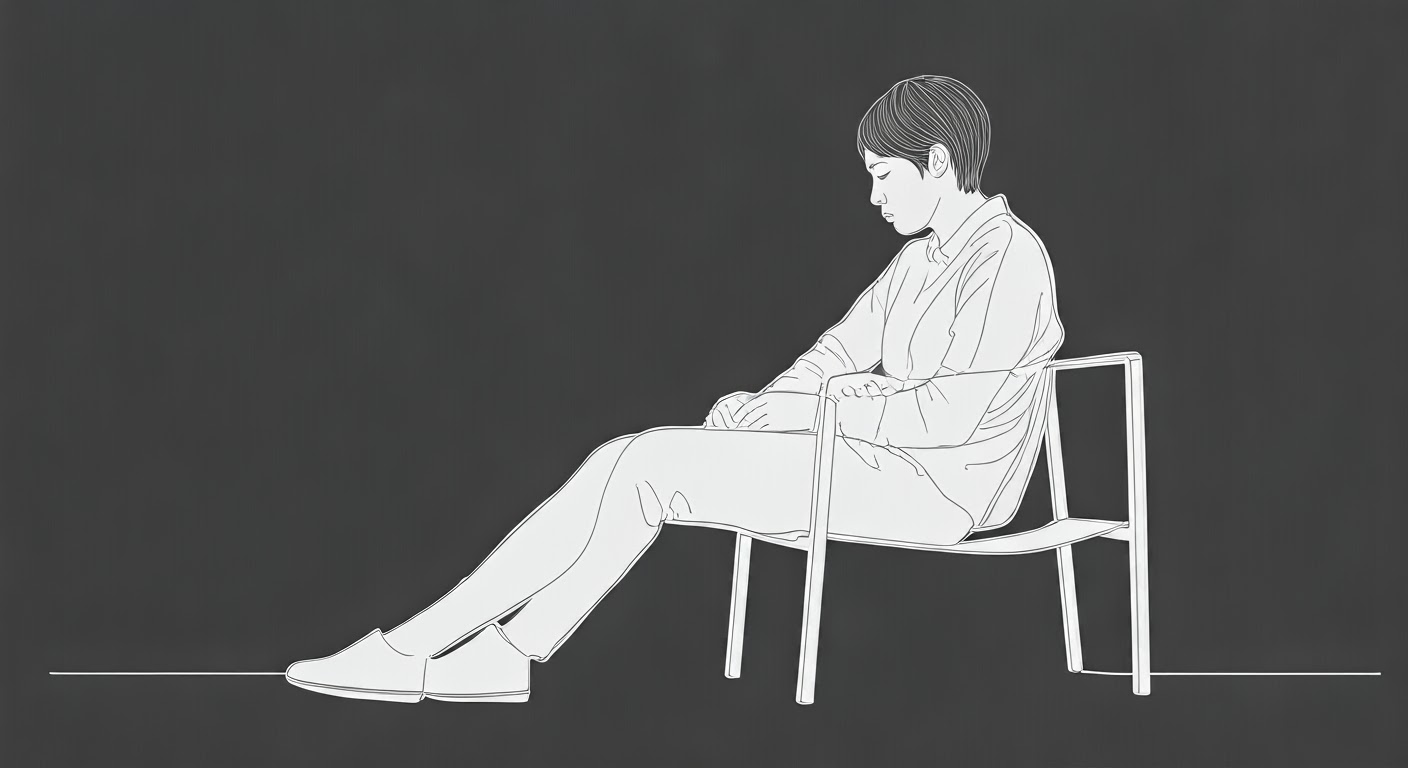Chronic health conditions often share overlapping symptoms, making it challenging to distinguish between them. Two conditions that are frequently compared are Mast Cell Activation Syndrome (MCAS) and fibromyalgia. While they share certain similarities, they are fundamentally different disorders with distinct causes, mechanisms, and treatment approaches. This article explores the differences, similarities, and potential connections between MCAS and fibromyalgia to provide clarity for those navigating these complex conditions.
Understanding Mast Cell Activation Syndrome (MCAS)
Mast Cell Activation Syndrome (MCAS) is a disorder of the immune system in which mast cells, a type of white blood cell, become overactive. Mast cells play a critical role in allergic reactions, immune defense, and inflammation by releasing various chemicals, including histamine, cytokines, and prostaglandins.
Key Features of MCAS:
- Excessive Mast Cell Activity: Mast cells release inflammatory mediators in response to triggers like allergens, stress, or certain foods.
- Widespread Symptoms: Symptoms can affect multiple systems, including the skin, gastrointestinal tract, respiratory system, and nervous system.
- Trigger Sensitivity: Common triggers include environmental allergens, specific foods, infections, and even emotional stress.
Symptoms of MCAS:
- Chronic pain (muscle and joint pain)
- Fatigue
- Skin issues (hives, flushing, itching)
- Gastrointestinal problems (bloating, diarrhea, nausea)
- Respiratory symptoms (wheezing, shortness of breath)
- Brain fog and cognitive difficulties
Understanding Fibromyalgia
Fibromyalgia is a chronic pain condition characterized by widespread musculoskeletal pain, fatigue, and cognitive disturbances. It affects approximately 2-4% of the population, with a higher prevalence in women.
Key Features of Fibromyalgia:
- Central Sensitization: Fibromyalgia is believed to involve heightened sensitivity to pain due to changes in the central nervous system.
- Widespread Pain: Pain is felt throughout the body and is often accompanied by stiffness and tenderness.
- Non-Pain Symptoms: Fatigue, sleep disturbances, and “fibro fog” (cognitive dysfunction) are common.
Symptoms of Fibromyalgia:
- Widespread musculoskeletal pain
- Fatigue and low energy levels
- Sleep disturbances (non-restorative sleep, insomnia)
- Cognitive challenges (“fibro fog”)
- Sensitivity to light, sound, and temperature
Similarities Between MCAS and Fibromyalgia
Although MCAS and fibromyalgia are distinct conditions, they share some overlapping features, which can make it difficult to differentiate between them.
Shared Symptoms:
- Chronic Pain: Both conditions involve persistent pain that may not have an identifiable cause.
- Fatigue: Extreme tiredness and low energy levels are hallmark symptoms of both disorders.
- Cognitive Impairment: Patients often report difficulty with memory, concentration, and mental clarity.
- Sensitivity to Triggers: Both conditions can involve heightened sensitivity to environmental stimuli, such as stress, temperature changes, or certain foods.
Systemic Nature:
Both MCAS and fibromyalgia affect multiple systems in the body, contributing to a wide range of symptoms that can overlap significantly.
Differences Between MCAS and Fibromyalgia
1. Underlying Cause:
- MCAS: MCAS is primarily an immune system disorder involving overactive mast cells and excessive release of inflammatory mediators.
- Fibromyalgia: Fibromyalgia is considered a central nervous system disorder involving central sensitization and altered pain processing.
2. Specific Triggers:
- MCAS: Symptoms are often triggered by specific allergens, foods, or environmental factors.
- Fibromyalgia: Triggers are often related to stress, overexertion, poor sleep, or weather changes.
3. Inflammation:
- MCAS: Involves measurable inflammation due to mast cell activation, which can be detected through laboratory tests (e.g., elevated histamine levels or tryptase).
- Fibromyalgia: Does not typically involve detectable inflammation, as it is more related to the nervous system than the immune system.
4. Diagnostic Tests:
- MCAS: Diagnosis may involve blood and urine tests to measure mast cell mediators, such as histamine or prostaglandins.
- Fibromyalgia: Diagnosis is based on clinical criteria, such as widespread pain lasting at least three months and the exclusion of other conditions.
Can MCAS and Fibromyalgia Coexist?
While MCAS and fibromyalgia are separate conditions, it is possible for them to coexist in the same individual. The shared symptoms and potential connections between the immune and nervous systems suggest that there may be some overlap in their underlying mechanisms.
Potential Links:
- Chronic Inflammation: Mast cell activation in MCAS could contribute to chronic inflammation, which might exacerbate fibromyalgia symptoms.
- Central Sensitization: Both conditions may involve increased sensitivity of the nervous system, leading to amplified pain and other symptoms.
- Shared Triggers: Stress, certain foods, and environmental factors can worsen symptoms in both disorders.
Managing MCAS and Fibromyalgia
Treatment for MCAS and fibromyalgia differs due to their distinct underlying mechanisms, but some approaches may provide relief for both conditions.
MCAS Management:
- Medications: Antihistamines, mast cell stabilizers, and anti-inflammatory drugs can help control symptoms.
- Diet: A low-histamine diet can reduce symptoms in some patients.
- Trigger Avoidance: Identifying and avoiding specific triggers is crucial.
Fibromyalgia Management:
- Medications: Pain relievers, antidepressants, and anticonvulsants are commonly prescribed.
- Lifestyle Changes: Regular exercise, stress management, and improved sleep hygiene are key.
- Therapies: Cognitive behavioral therapy (CBT) and physical therapy can provide relief.
Conclusion
While MCAS and fibromyalgia share several overlapping symptoms, they are distinct conditions with different causes and treatments. MCAS is an immune system disorder involving mast cell dysfunction, while fibromyalgia is a central nervous system disorder linked to altered pain processing. However, the two conditions can coexist, and understanding their similarities and differences is essential for accurate diagnosis and effective management. If you suspect you may have either condition, consult a healthcare provider for proper evaluation and treatment.

Click Here to Visit the Store and find Much More….
For More Information Related to Fibromyalgia Visit below sites:
References:
Fibromyalgia Contact Us Directly
Click here to Contact us Directly on Inbox
Official Fibromyalgia Blogs
Click here to Get the latest Chronic illness Updates
Fibromyalgia Stores










